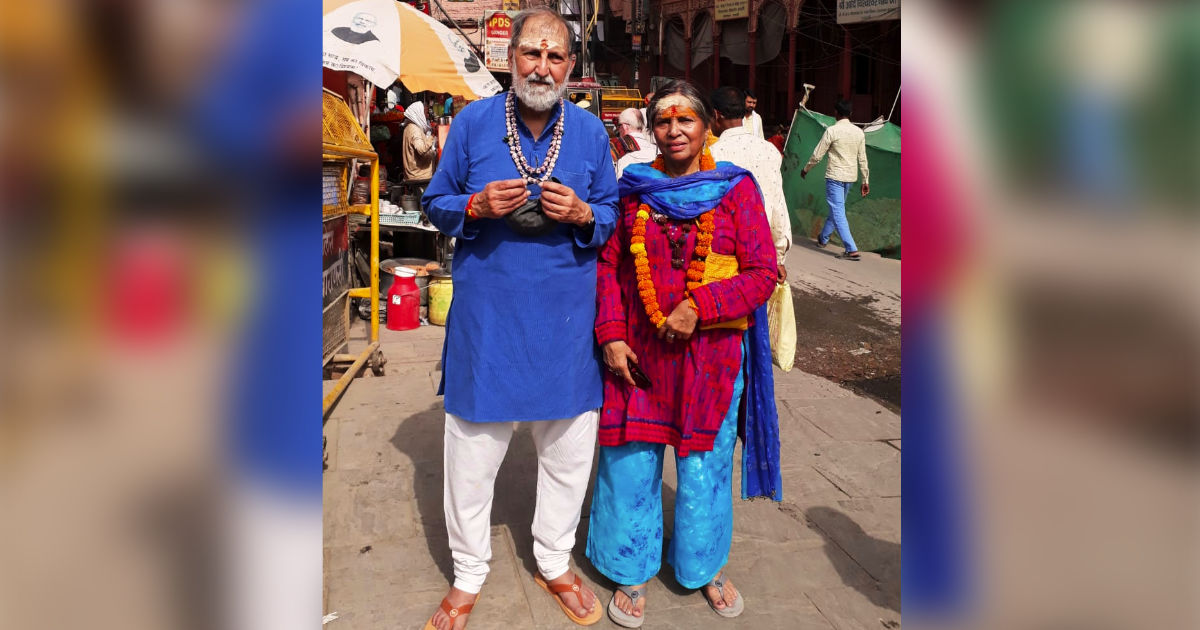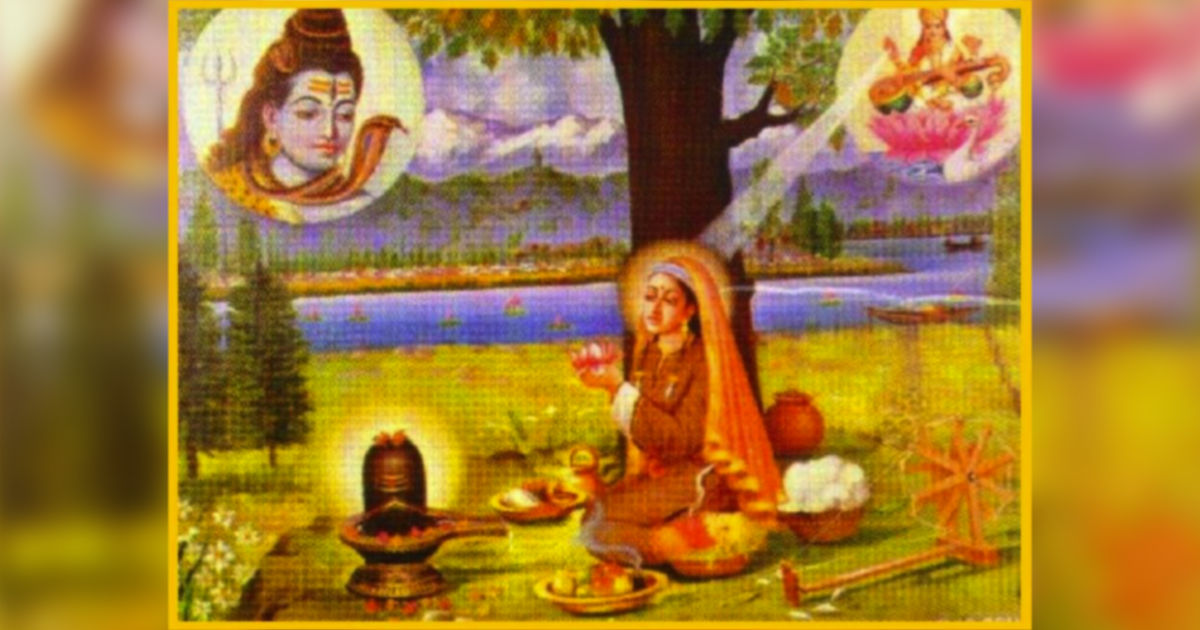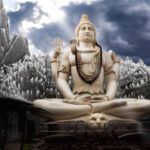A Hindu bride was decorated with sixteen adornments on her wedding day. These adornments are called Solah (sixteen) Shringar. This ritual has been practiced since Vedic times. The story behind Solah Shringar is that Rati, who before she became the wife of God Kamadev (God of Love) was very plain. She prayed to Lakshmi and performed a severe penance. Lakshmi blessed her with sixteen adornments and Kamadev fell in love with her and married her. Continue reading
Tag Archives: ganga
698 – Isomorphism and awakening our Kundalini
Isomorphism means similarity in its simplest meaning. There is similarity between the macro cosmos (universe) and the microcosmos which is the human organism. Yoga Darsana Upanishad (4.48—53) describes this. The eternal (sacred) tirtha (sacred ford, holy water, place of pilgrimage) is considered inferior to the sacred tirtha in the body, and external mountains and other places identified with the various parts of the organism. Continue reading
264 – Anniversary Celebrations
I was in Varanasi with my husband to celebrate our fiftieth wedding anniversary. Varanasi is considered the holiest city on earth for Hindus. It is supposed to be 5000 years old. The place where the supreme light shines, it is believed to be the home of Lord Shiva. When Shiva got married to Uma, the daughter of the Himavat, of Himalaya Mountain, he had to move from his abode in Kailash. Kashi was the most splendid city at that time and Uma was a princess and a goddess. It is believed that the river Ganga pays its respect to Lord Shiva by the direction in which it flows. The ajna chakra is on the banks of the Ganga and the Kashi Visvanath temple is where it is. Annapurna Devi‘s temple is next door. Continue reading
258 – Let us dry the tears of Mother Earth
We have to make Mother Earth happy. We have made her unhappy and it is leading to our annihilation. If only all of us collectively stepped back and self-examined our thoughts and emotions, we will be surprised at the despair accumulated in us. It is this desolation and sadness which is leading to war, terrorism and brutalism. Continue reading
218 – Lal Ded, a truly liberated saint
Lal Ded was born in the fourteenth century, and she was a feminist saint and a mystic poet. She had an education as in Kashmir, girls were educated. She was married at the age of twelve. Her in-laws ill-treated her. They starved her and gave her only a handful of rice to eat. She left her husband and became a disciple of Sed Bayu, a Shaivite guru. She shed her clothes and became a digamber swami. She was unembarrassed about her body, she had a huge stomach. In a few years she had eclipsed her guru in wisdom and bhakti. She taught that one should connect with one’s soul and remove ritual from our meditation. She told a priest that a temple and an image were just like stone. She was venerated by both Muslims and Hindus. Continue reading
175 – Descent of Ganga on earth
The triumvirate which consists of Brahma the creator, Vishnu the preserver, and Shiva the destroyer were responsible for Ganga descending on earth. One day Shiva started singing and Vishnu was held spellbound by the melody. Shiva’s singing affected him so profoundly that he started melting. Continue reading
018 – The day for Shiva
Today is Monday, and it is the day for Shiva.
Close your eyes and visualise Shiva. He is blue in colour, he has a serpent wrapped around his neck. The Ganga is cascading down from his head. He has his pet bull, Nandi by his side. There is a crescent moon nesting in his top knot. He is holding a trident. Continue reading







